Home>Furniture & Design>Interior Design Trends>How To Remove Stains From Glass Windows
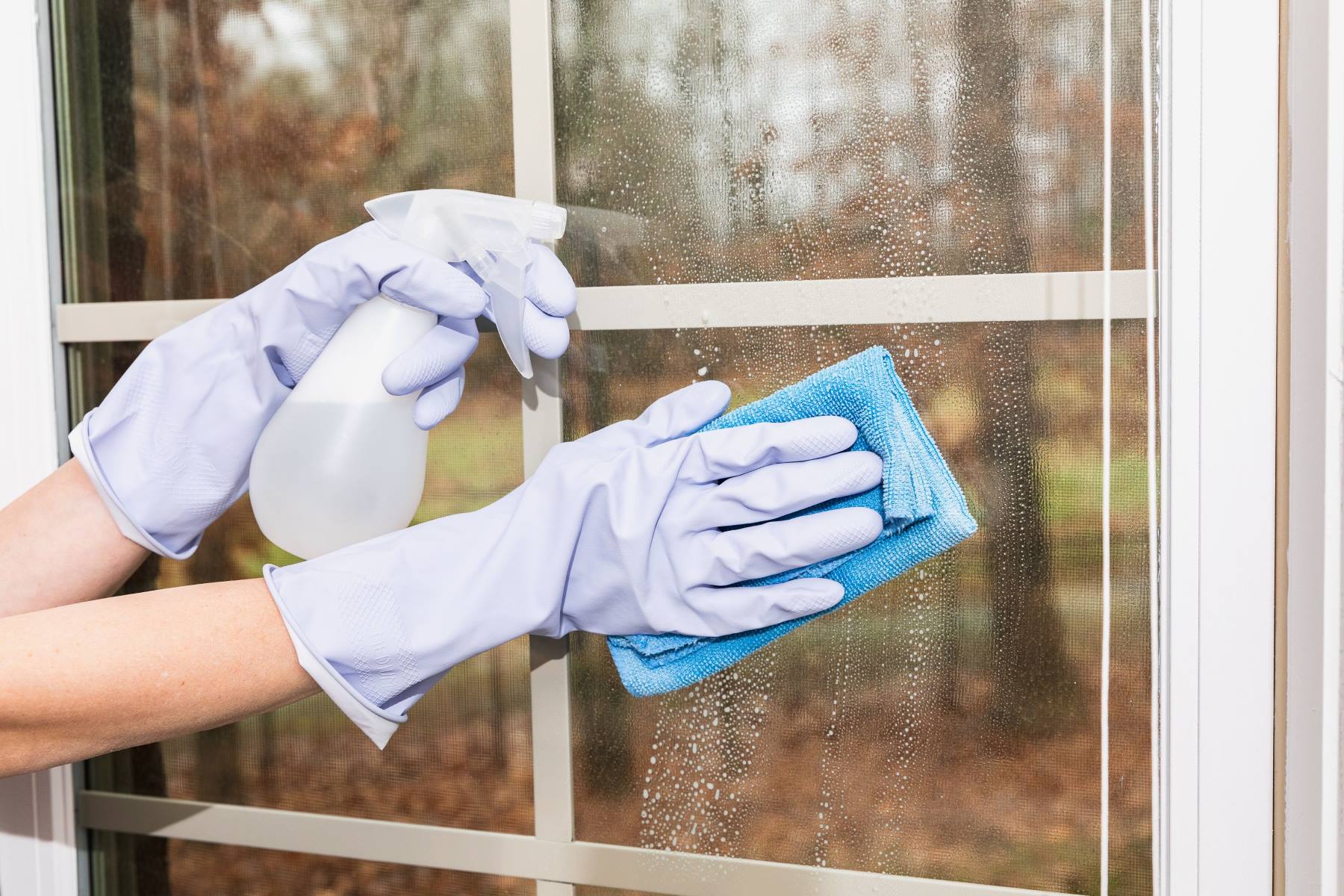

Interior Design Trends
How To Remove Stains From Glass Windows
Modified: October 18, 2024
Learn how to effectively remove stains from glass windows with our expert interior design tips. Keep up with the latest interior design trends and maintain spotless windows.
(Many of the links in this article redirect to a specific reviewed product. Your purchase of these products through affiliate links helps to generate commission for Storables.com, at no extra cost. Learn more)
Introduction
Glass windows are a prominent feature in any home, offering a clear view of the outside world while allowing natural light to illuminate the interior. However, over time, glass windows can become marred by various types of stains, detracting from their aesthetic appeal. Whether it's water spots, mineral deposits, or stubborn grime, these unsightly blemishes can diminish the overall charm of your windows.
In this comprehensive guide, we will delve into the various types of stains that commonly afflict glass windows, explore the essential tools and materials needed for effective stain removal, and provide a step-by-step walkthrough to help you restore the pristine clarity of your windows. Additionally, we will share valuable tips for preventing future stains, ensuring that your windows remain sparkling and unblemished for the long haul.
By following the expert advice and practical techniques outlined in this article, you can bid farewell to stubborn stains and reclaim the crystal-clear allure of your glass windows. So, roll up your sleeves and get ready to rejuvenate your windows, bringing back their lustrous shine and enhancing the overall ambiance of your living space.
Key Takeaways:
- Say goodbye to water spots, mineral deposits, and grime on your glass windows! Follow our step-by-step guide and use simple household items like vinegar and baking soda to restore their pristine clarity.
- Keep your glass windows sparkling by using distilled water, applying protective coatings, and promptly cleaning up spills. With regular maintenance and gentle cleaning solutions, you can prevent future stains and enjoy unobstructed views.
Read more: How To Remove Chemical Stains From Glass
Common Types of Stains on Glass Windows
Glass windows are susceptible to a variety of stains that can compromise their transparency and overall appeal. Understanding the common types of stains is crucial for effectively addressing and preventing them. Here are the prevalent types of stains that can afflict glass windows:
-
Water Spots: These stains occur when water droplets evaporate, leaving behind mineral deposits that create cloudy or hazy spots on the glass surface. Water spots are particularly common in areas with hard water, where high mineral content contributes to the formation of these unsightly blemishes.
-
Mineral Deposits: Often caused by the accumulation of minerals from hard water, such as calcium and magnesium, mineral deposits can manifest as stubborn, crusty residues on glass windows. These deposits are notorious for diminishing the clarity of the glass and can be challenging to remove without the appropriate techniques.
-
Grime and Dirt: Over time, dust, pollen, and other airborne particles can settle on glass windows, forming a layer of grime that obscures the view and diminishes the aesthetic appeal of the windows. Additionally, fingerprints and smudges can contribute to the buildup of dirt, further exacerbating the problem.
-
Mold and Mildew: In damp and humid environments, mold and mildew can take root on glass windows, leading to unsightly black or greenish stains. These fungal growths not only detract from the visual appeal of the windows but also pose potential health risks if left unaddressed.
-
Hard Water Stains: Hard water contains elevated levels of minerals, which can leave behind stubborn stains on glass surfaces. These stains are often characterized by a white, chalky residue that adheres firmly to the glass, requiring specialized techniques to effectively eliminate them.
By familiarizing yourself with these common types of stains, you can better equip yourself to tackle the specific challenges posed by each type. In the subsequent sections, we will explore the tools, materials, and step-by-step methods for removing these stains and restoring the pristine clarity of your glass windows.
Tools and Materials Needed
To effectively remove stains from glass windows, you will need a selection of tools and materials specifically tailored to address the various types of blemishes. Equipping yourself with the right resources is essential for achieving optimal results and restoring the crystal-clear brilliance of your windows. Here's a comprehensive list of the essential tools and materials needed for this task:
Tools:
- Microfiber Cloths: These soft, lint-free cloths are ideal for gentle cleaning and polishing of glass surfaces without leaving behind streaks or lint residue.
- Squeegee: A high-quality squeegee with a rubber blade is indispensable for efficiently removing cleaning solutions and water from the glass, ensuring a streak-free finish.
- Plastic Scraper or Razor Blade: For tackling stubborn deposits and adhesive residues, a plastic scraper or razor blade can be used with caution to gently scrape away the buildup without scratching the glass.
- Soft Bristle Brush: A soft-bristled brush or toothbrush is useful for agitating and loosening dirt, grime, and mold from the crevices and edges of the window panes.
- Spray Bottle: An adjustable spray bottle enables the even application of cleaning solutions onto the glass surface, facilitating thorough coverage and effective stain removal.
Materials:
- Vinegar: White vinegar is a versatile and effective natural cleaner that can dissolve mineral deposits, cut through grime, and eliminate hard water stains on glass windows.
- Rubbing Alcohol: This multipurpose solvent is excellent for removing stubborn residues, such as adhesive marks and grease spots, from glass surfaces.
- Dish Soap: A mild dish soap or liquid detergent serves as a gentle yet effective cleanser for general window cleaning and stain removal.
- Ammonia: Ammonia-based cleaners can be used sparingly to tackle tough stains and grime on glass windows, but caution must be exercised due to its strong odor and potential for fume buildup.
- Baking Soda: When combined with water to form a paste, baking soda becomes an abrasive yet non-abrasive cleaner that can help lift and scrub away persistent stains and grime.
By assembling these tools and materials, you will be well-prepared to embark on the stain removal process with confidence and efficiency. In the following section, we will delve into a detailed step-by-step guide to effectively removing stains from glass windows, empowering you to restore the pristine clarity of your windows with ease.
Read more: How To Remove Sticker From Glass Window
Step-by-Step Guide to Removing Stains
Now that you're equipped with the essential tools and materials, it's time to roll up your sleeves and embark on the journey to restore the pristine clarity of your glass windows. Follow this comprehensive step-by-step guide to effectively remove various types of stains and rejuvenate your windows:
-
Prepare the Cleaning Solution: In a spray bottle, mix equal parts of white vinegar and water. Alternatively, for tougher stains, you can create a paste by combining baking soda with a small amount of water. These solutions serve as potent yet gentle cleansers for tackling different types of stains on glass windows.
-
Pre-Cleaning Inspection: Assess the extent and nature of the stains on your windows. Identify areas with water spots, mineral deposits, grime, or mold growth, as this will inform your approach to targeted stain removal.
-
Apply the Cleaning Solution: Liberally spray the vinegar and water solution onto the stained areas of the glass. For stubborn deposits, apply the baking soda paste directly onto the affected areas. Allow the solution to sit for a few minutes to penetrate and loosen the stains.
-
Agitate and Scrub: Using a soft-bristled brush or a microfiber cloth, gently agitate the stained areas to loosen the deposits. For tougher stains, carefully use a plastic scraper or razor blade to gently scrape away the residue, ensuring to maintain a flat angle to avoid scratching the glass.
-
Rinse and Squeegee: Thoroughly rinse the glass with clean water to remove the cleaning solution and dislodged stains. Then, using a squeegee, starting from the top, pull it down in a smooth, overlapping motion to remove the water and achieve a streak-free finish.
-
Spot Treatment for Stubborn Stains: For persistent stains, such as hard water deposits or mold growth, apply undiluted vinegar or rubbing alcohol directly onto the affected areas. Allow it to sit for a few minutes before gently scrubbing and rinsing the glass.
-
Final Polish: With a clean, dry microfiber cloth, polish the glass windows to remove any remaining streaks or residue, leaving behind a sparkling, crystal-clear surface.
By following these systematic steps, you can effectively remove a wide range of stains from your glass windows, restoring their pristine transparency and revitalizing the overall ambiance of your living space. With diligence and the right techniques, you can bid farewell to unsightly blemishes and revel in the unobstructed clarity of your rejuvenated windows.
Mix equal parts of white vinegar and water in a spray bottle. Spray the solution onto the stained areas of the glass windows and let it sit for a few minutes. Then, use a microfiber cloth to wipe away the stains.
Tips for Preventing Future Stains
Preventing future stains on your glass windows is essential for maintaining their pristine appearance and minimizing the need for frequent intensive cleaning. By implementing proactive measures and adopting a regular maintenance routine, you can effectively safeguard your windows against the recurrence of unsightly blemishes. Here are valuable tips to prevent future stains and preserve the clarity of your glass windows:
-
Regular Cleaning Schedule: Establish a consistent cleaning schedule for your glass windows to prevent the accumulation of dirt, grime, and mineral deposits. Regularly wiping down the windows with a mild solution of dish soap and water can help mitigate the buildup of stains and maintain their transparency.
-
Use Distilled Water: When cleaning your windows, consider using distilled water instead of tap water, especially in areas with hard water. Distilled water lacks the mineral content that contributes to water spots and mineral deposits, thereby reducing the likelihood of stains forming on the glass surface.
-
Apply Protective Coatings: Consider applying a protective coating or sealant specifically designed for glass surfaces. These coatings create a barrier that repels water, minerals, and other contaminants, effectively reducing the adherence of stains and simplifying the cleaning process.
-
Prompt Spill Cleanup: In areas where windows are susceptible to splashes from irrigation systems or outdoor activities, promptly clean up any water or liquid spills on the glass. Allowing water to evaporate on the windows can lead to the formation of stubborn water spots, necessitating more rigorous cleaning to remove them.
-
Ventilate Humid Spaces: Ensure adequate ventilation in humid or moisture-prone spaces to minimize the growth of mold and mildew on glass windows. Proper airflow can help mitigate the conditions conducive to fungal growth, reducing the likelihood of mold-related stains.
-
Avoid Harsh Chemicals: When cleaning your windows, refrain from using harsh chemical cleaners that can leave behind residues or damage the glass surface. Opt for gentle, non-abrasive cleaning solutions to maintain the integrity of the glass while effectively removing dirt and grime.
-
Regular Inspection and Maintenance: Periodically inspect your windows for early signs of stains, mineral deposits, or mold growth. Addressing these issues promptly can prevent them from escalating into more stubborn and pervasive stains, simplifying the cleaning process and preserving the pristine clarity of the glass.
By incorporating these preventive measures into your window maintenance regimen, you can proactively mitigate the formation of stains and prolong the lustrous transparency of your glass windows. With consistent care and attention, you can uphold the visual allure of your windows and enjoy unobstructed views without the intrusion of unsightly blemishes.
Conclusion
In conclusion, the allure of pristine, crystal-clear glass windows can significantly enhance the ambiance and visual appeal of any living space. However, the presence of unsightly stains, ranging from water spots and mineral deposits to stubborn grime and mold growth, can detract from the transparency and overall aesthetic charm of windows. Fortunately, with the right tools, materials, and techniques, it is possible to effectively remove these stains and restore the lustrous clarity of glass windows.
By following the comprehensive step-by-step guide outlined in this article, you can confidently address a myriad of stains, rejuvenating your windows and revitalizing the ambiance of your home. From preparing potent yet gentle cleaning solutions to meticulously agitating, scrubbing, and polishing the glass surfaces, each step is designed to facilitate the thorough removal of stains while ensuring a streak-free, sparkling finish.
Furthermore, the proactive tips for preventing future stains serve as invaluable measures to safeguard the transparency of glass windows, minimizing the need for intensive cleaning and preserving their pristine allure. By incorporating these preventive strategies into your regular maintenance routine, you can effectively mitigate the accumulation of stains, prolonging the unobstructed clarity of your windows and elevating the overall aesthetic appeal of your living space.
Ultimately, the journey to remove stains from glass windows is not merely a restoration of visual clarity but a revitalization of the ambiance and charm that these windows impart to your home. With diligence, the right resources, and a proactive approach to maintenance, you can revel in the unobstructed views and the luminous allure of your rejuvenated glass windows, creating an inviting and visually captivating environment for all to enjoy. So, embrace the transformative power of stain removal and embark on the path to reclaiming the pristine brilliance of your glass windows, infusing your living space with renewed radiance and visual splendor.
Frequently Asked Questions about How To Remove Stains From Glass Windows
Was this page helpful?
At Storables.com, we guarantee accurate and reliable information. Our content, validated by Expert Board Contributors, is crafted following stringent Editorial Policies. We're committed to providing you with well-researched, expert-backed insights for all your informational needs.
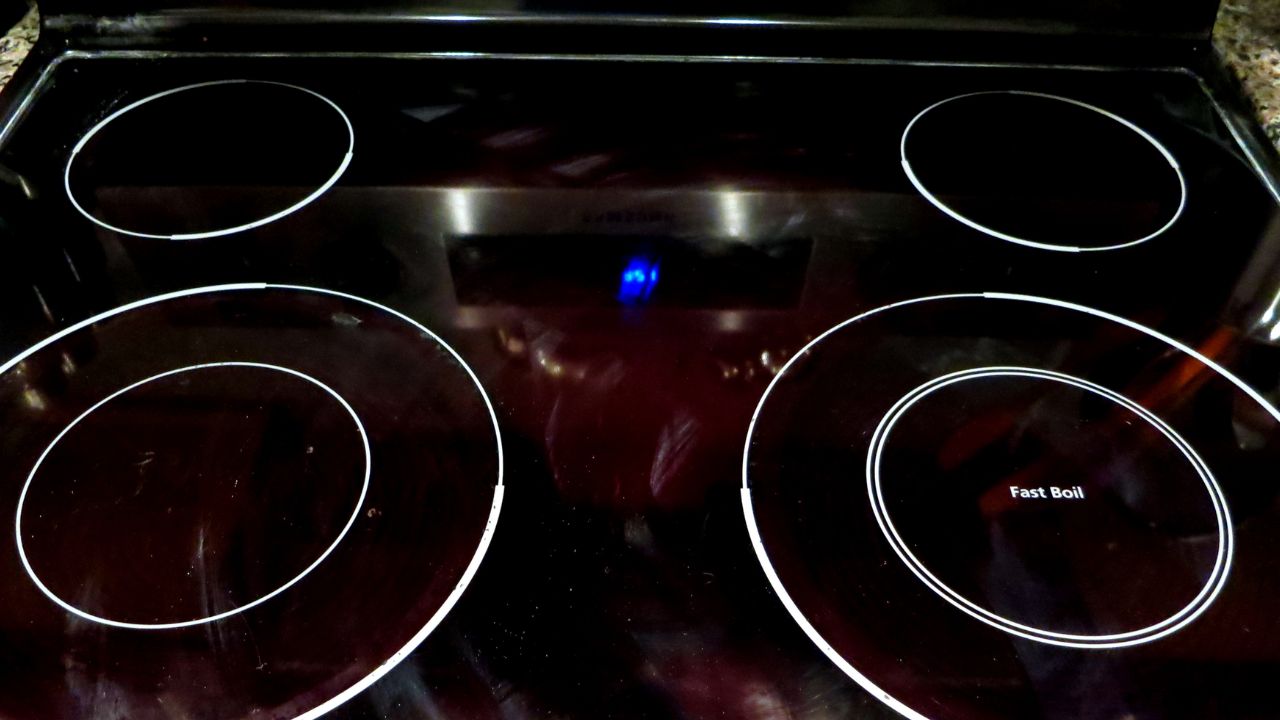
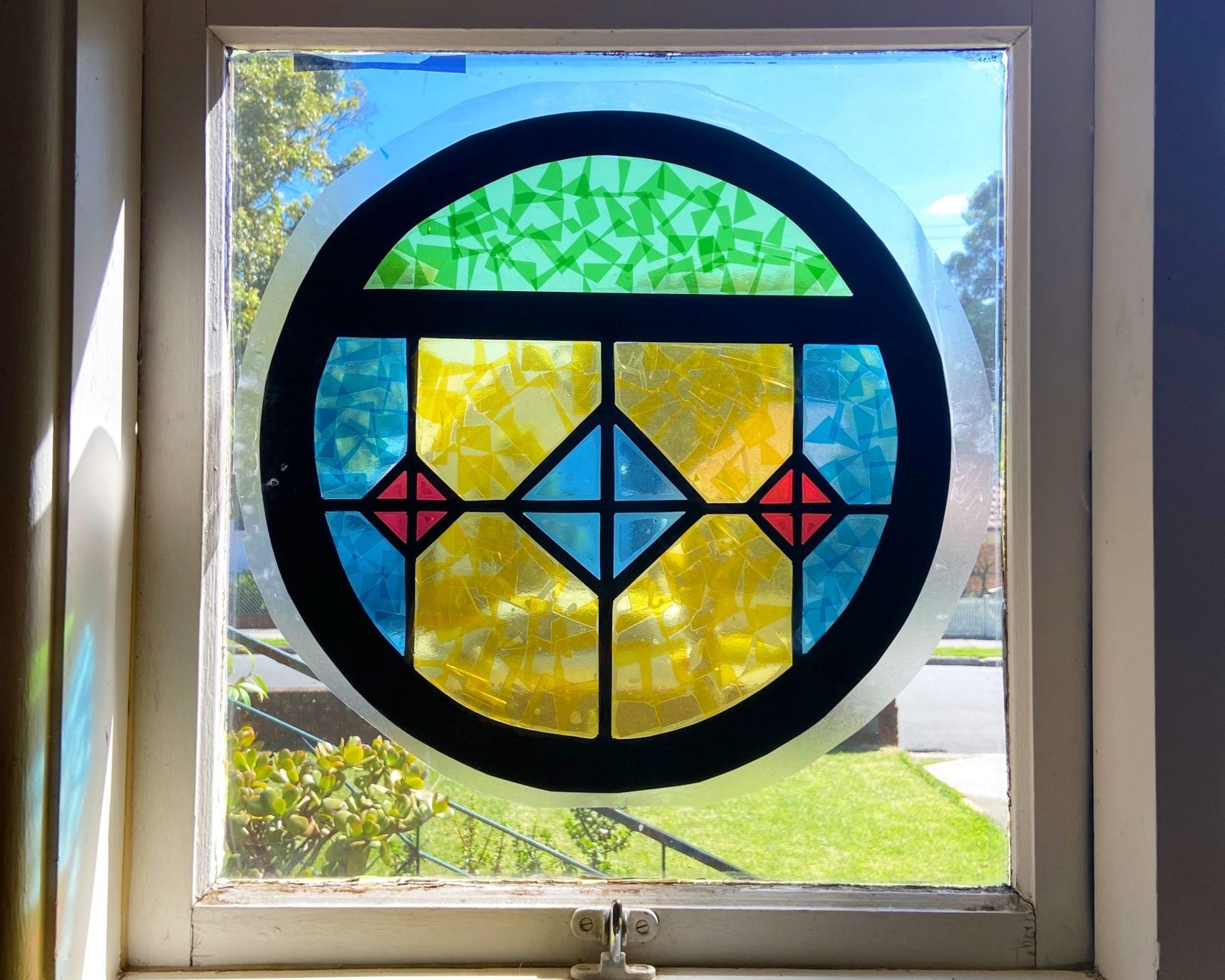
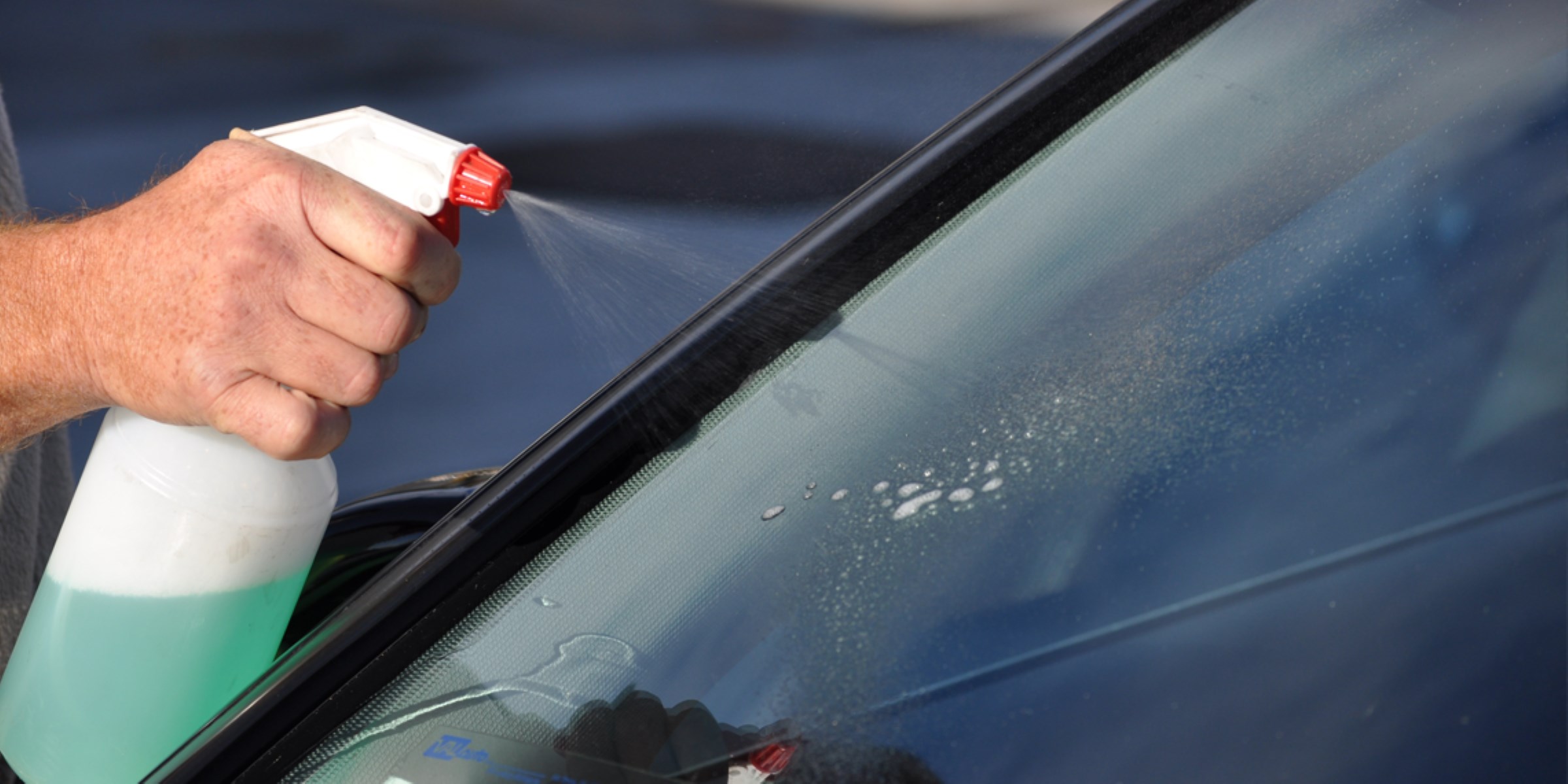
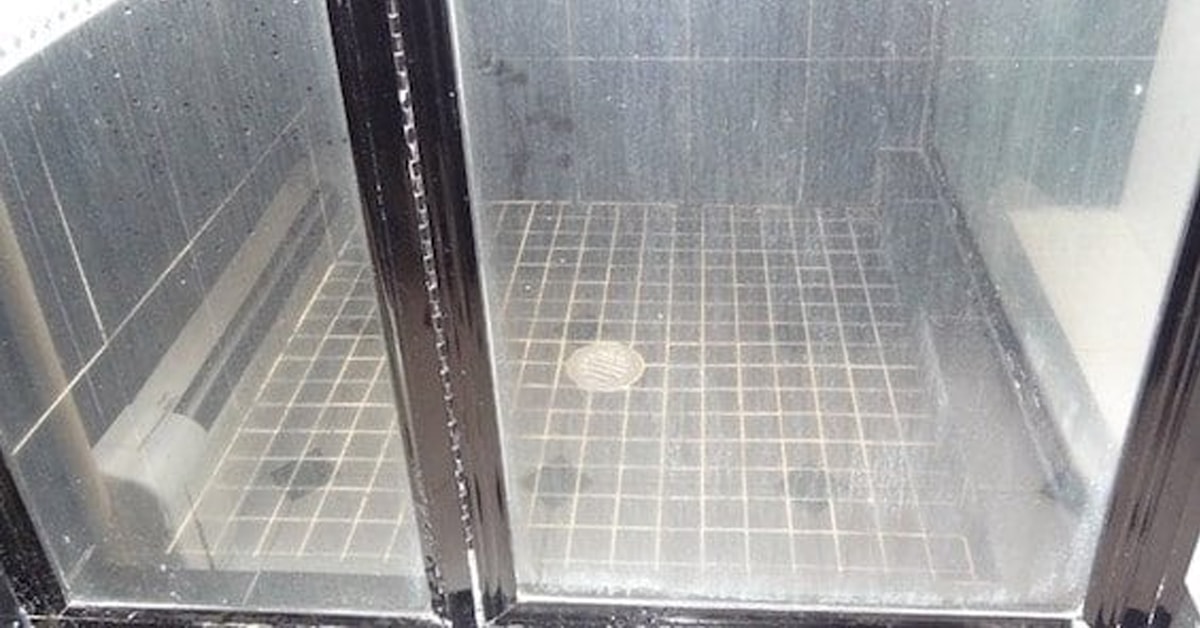
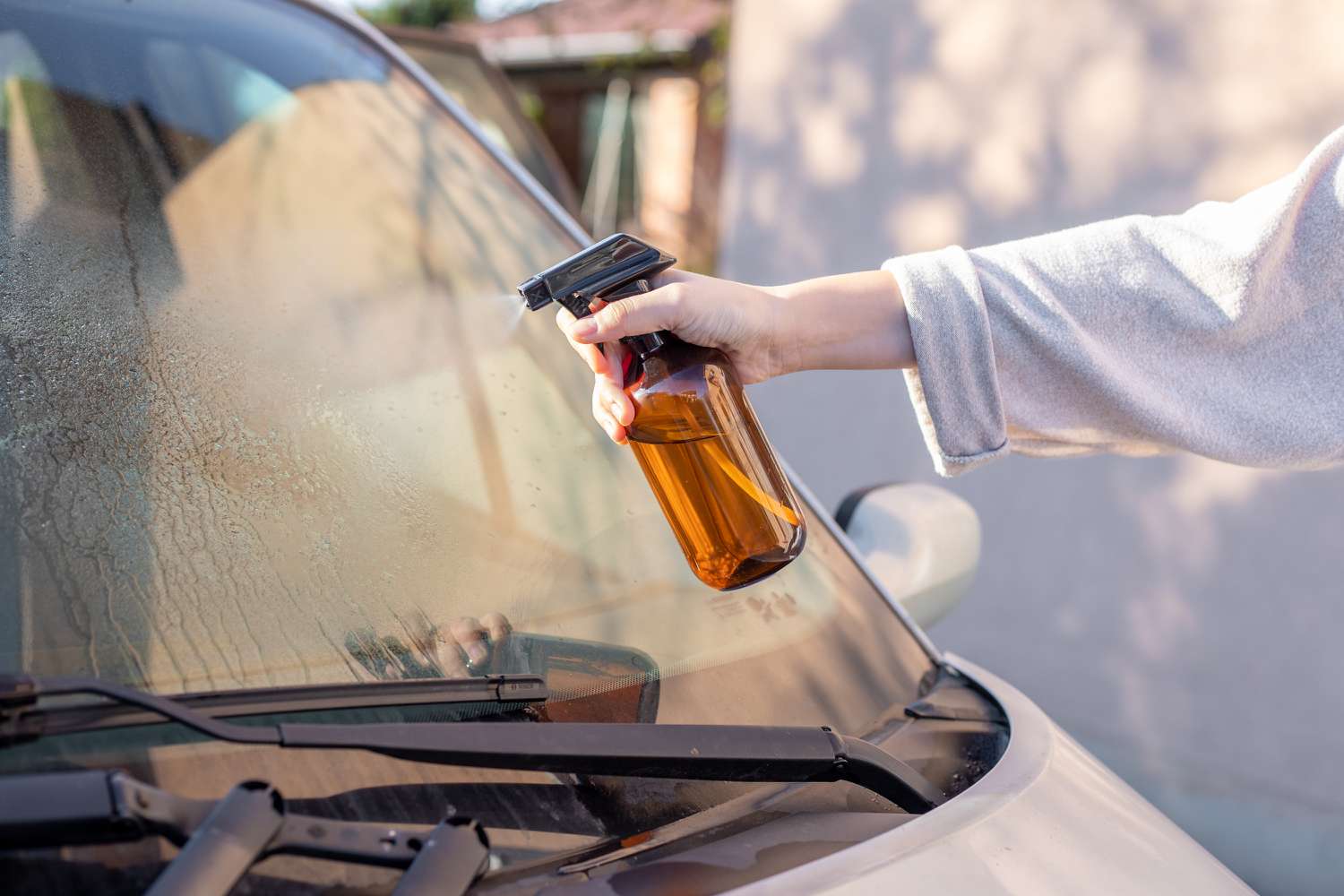


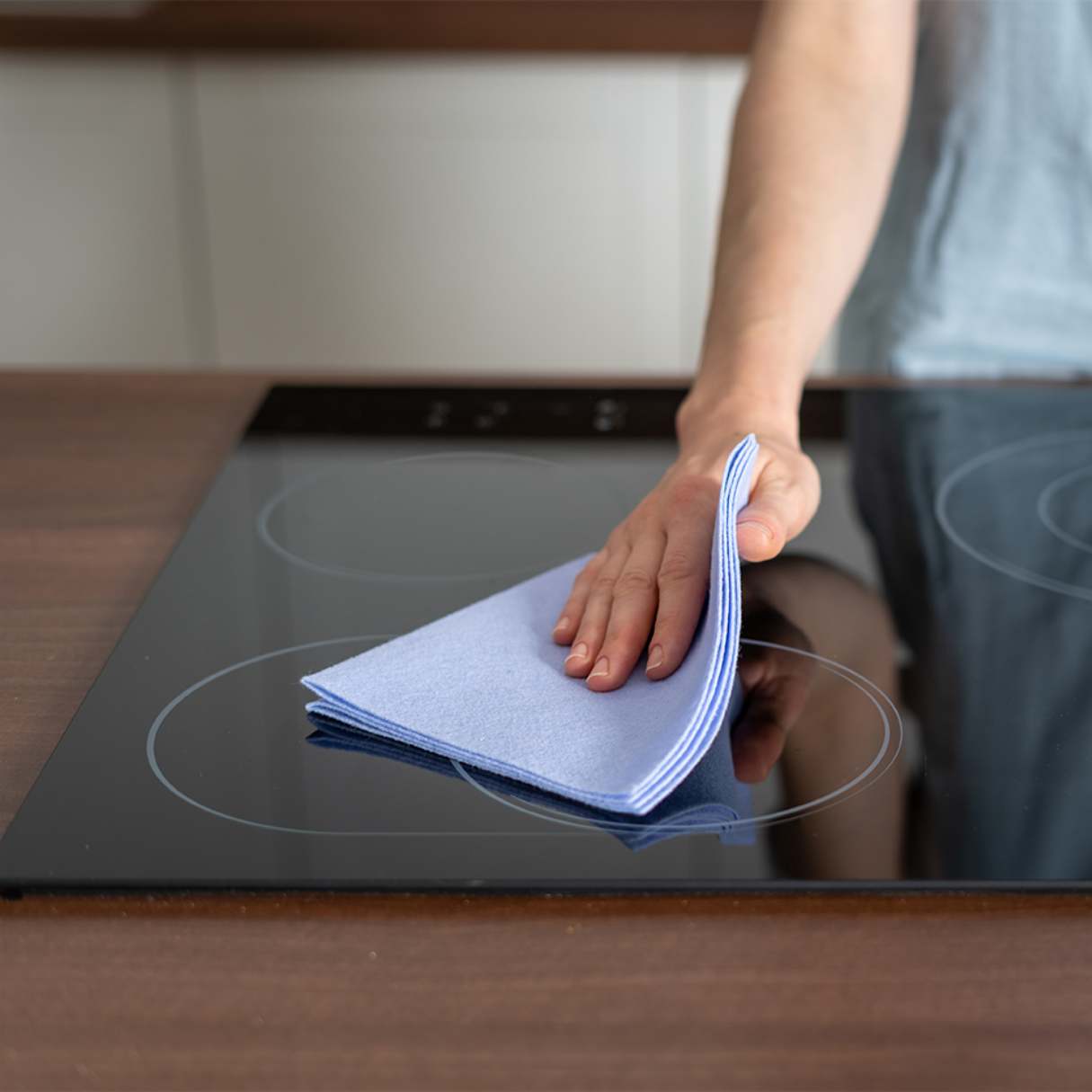
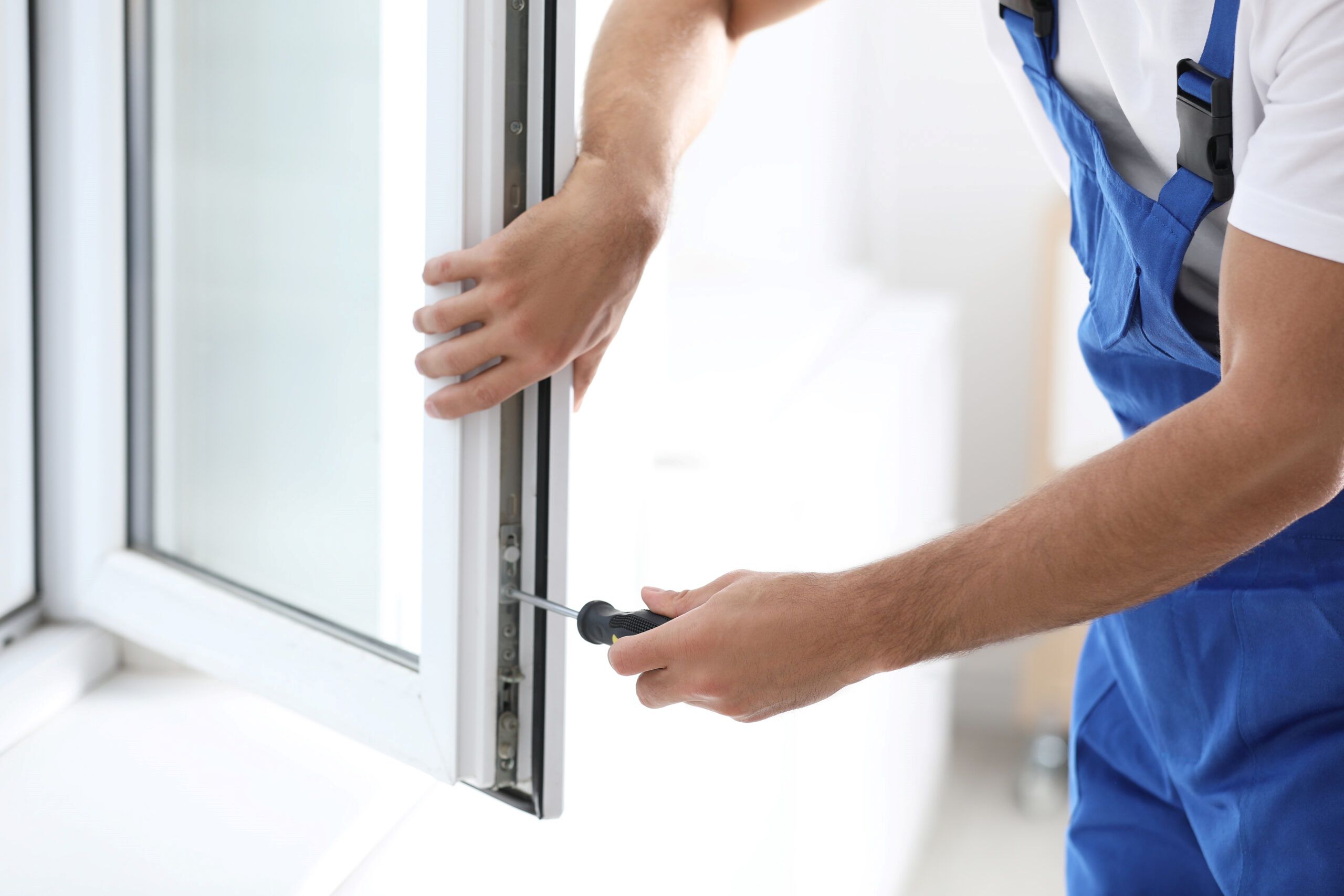

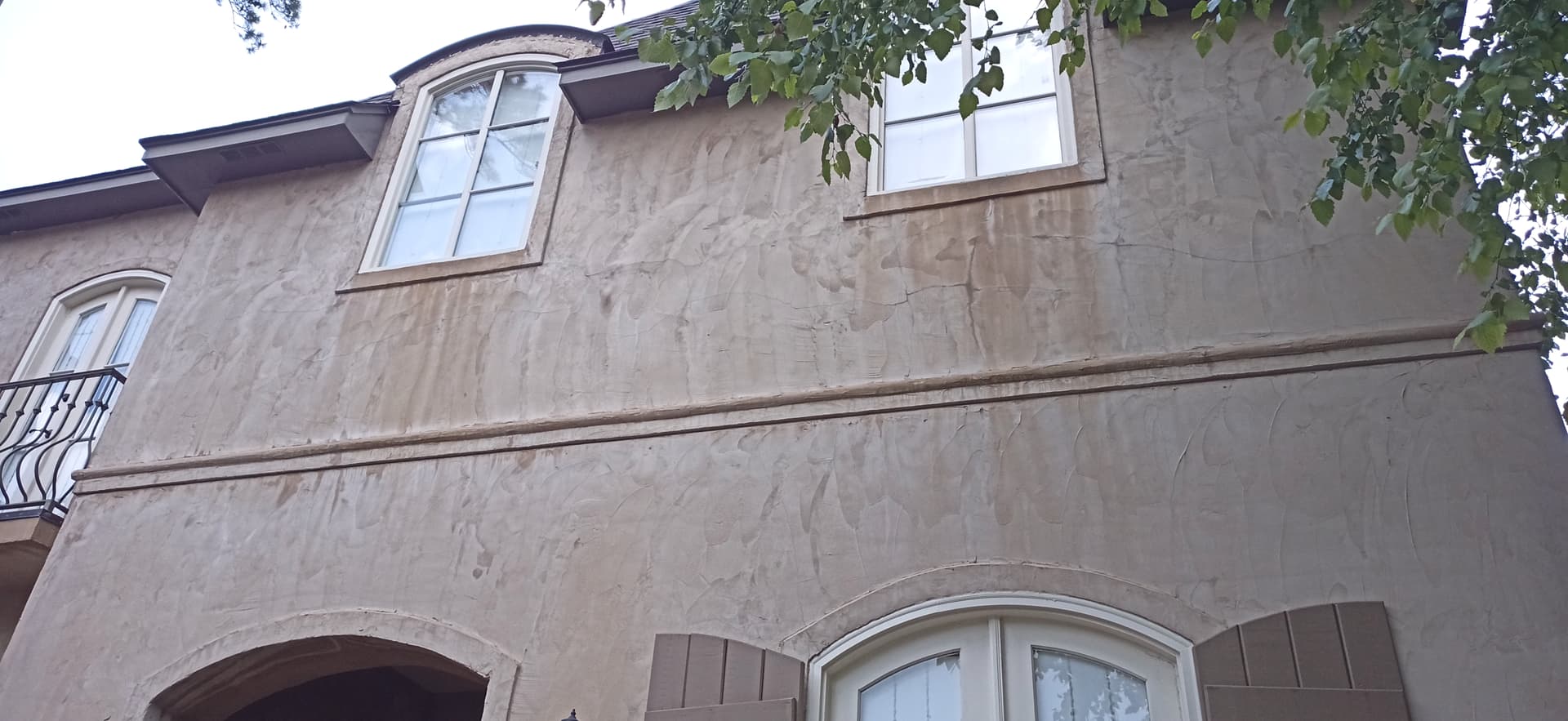
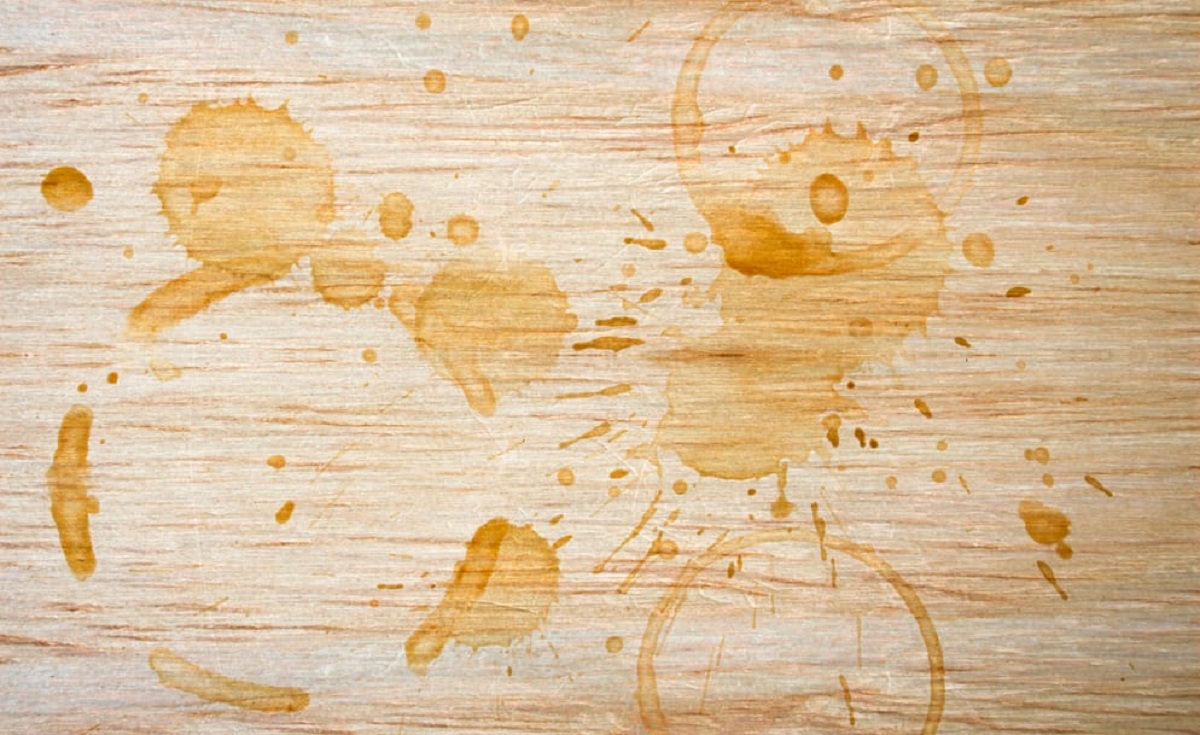
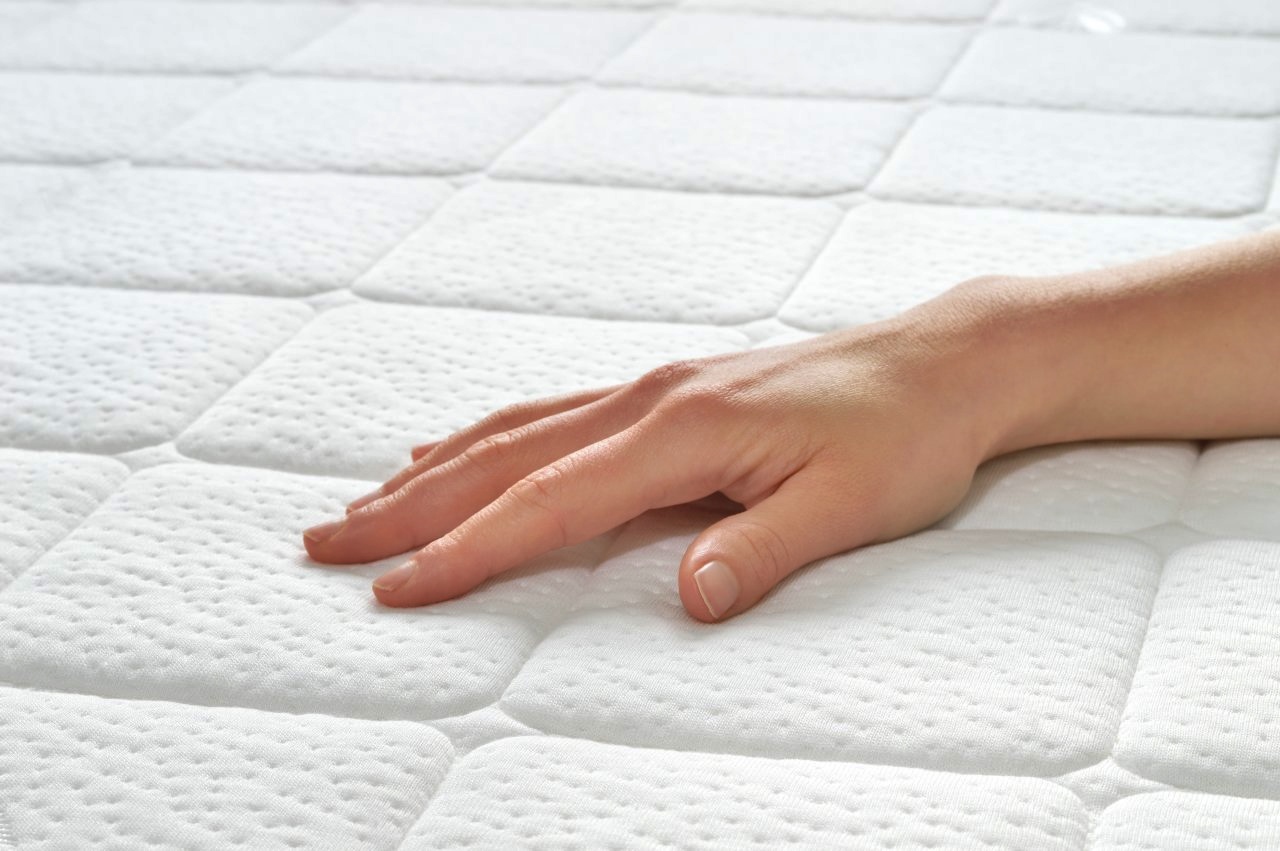
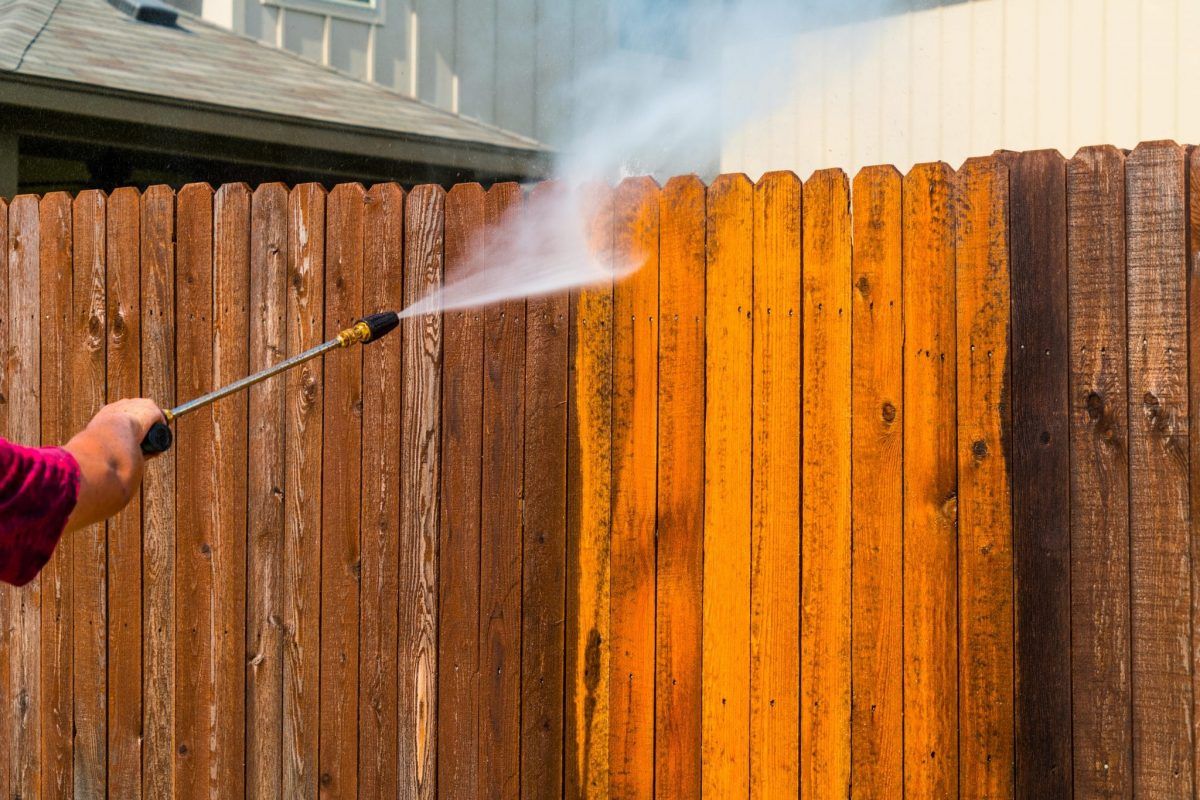

0 thoughts on “How To Remove Stains From Glass Windows”